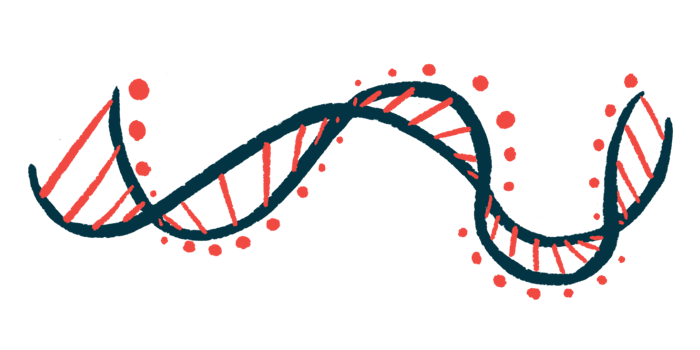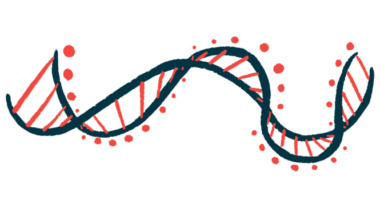Nicked DNA may set stage for FA-causing mutations, study finds
DNA repair mechanism mistakes can lead to GAA repeat expansions

Errors during repair when DNA gets damaged may give rise to the mutations that cause Friedreich’s ataxia, a study revealed.
The study, “Recurrent DNA nicks drive massive expansions of (GAA)n repeats,” was published in PNAS.
A cell’s DNA stores the instructions to make the proteins and other building blocks that the cell needs to live and carry out its functions. DNA is a two-stranded molecule that wraps around itself in a distinctive double-helix shape, and it’s made up of building blocks called nucleotides.
Friedreich’s ataxia is caused by mutations in the FXN gene. The disease is most often caused by a type of mutation called a GAA trinucleotide repeat expansion.
In the healthy version of the FXN gene, a series of three nucleotides (one guanine followed by two adenines, or GAA) is repeated, normally about five to 33 times. But in Friedreich’s ataxia, there can be dozens or sometimes more than 1,000 of such repeats. The abnormal repeats disrupt the activity of the gene, resulting in a severe reduction in the levels of a protein called frataxin that is required for the proper functioning of mitochondria. These cellular structures are responsible for producing energy.
Nicked DNA
Although researchers have known for a long time that GAA trinucleotide repeat expansions can cause Friedreich’s ataxia, it’s been unclear exactly how these abnormal repeats come to be. Through a series of experiments using yeast cells, a team of U.S. scientists showed that DNA damage can set the stage for GAA trinucleotide repeats.
The researchers specifically focused on so-called DNA nicks, which are a type of DNA damage where there’s a break in just one strand of the DNA molecule. This type of DNA damage is common in metabolically active cells, and can also play important roles in normal cell behavior.
The researchers found that when there’s a nick in the DNA near a GAA repeat (including normal-sized repeats) in the FXN gene, it triggers a notable increase in the rate and scale of the expansion in cells.
In Friedreich’s ataxia, a higher number of GAA repeats is generally associated with greater frataxin deficiencies, a younger age at disease onset, and more severe or rapidly progressing symptoms.
Based on their analysis, the scientists further deduced that, when the cell’s DNA-repairing machinery gets activated to take care of the nick, the repair mechanisms can make mistakes that lead to GAA repeat expansions.
“We demonstrated that DNA nicks introduced adjacent to the [GAA] repeat promote its large-scale expansions,” the researchers concluded.






